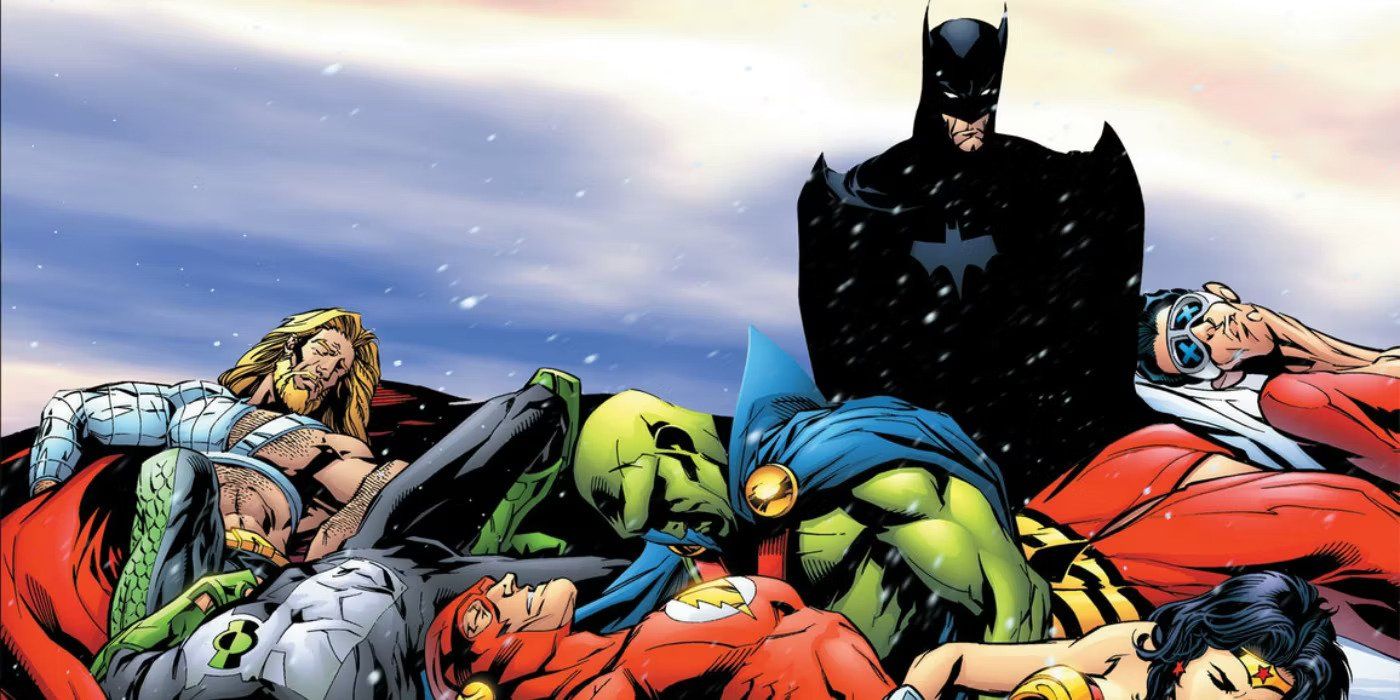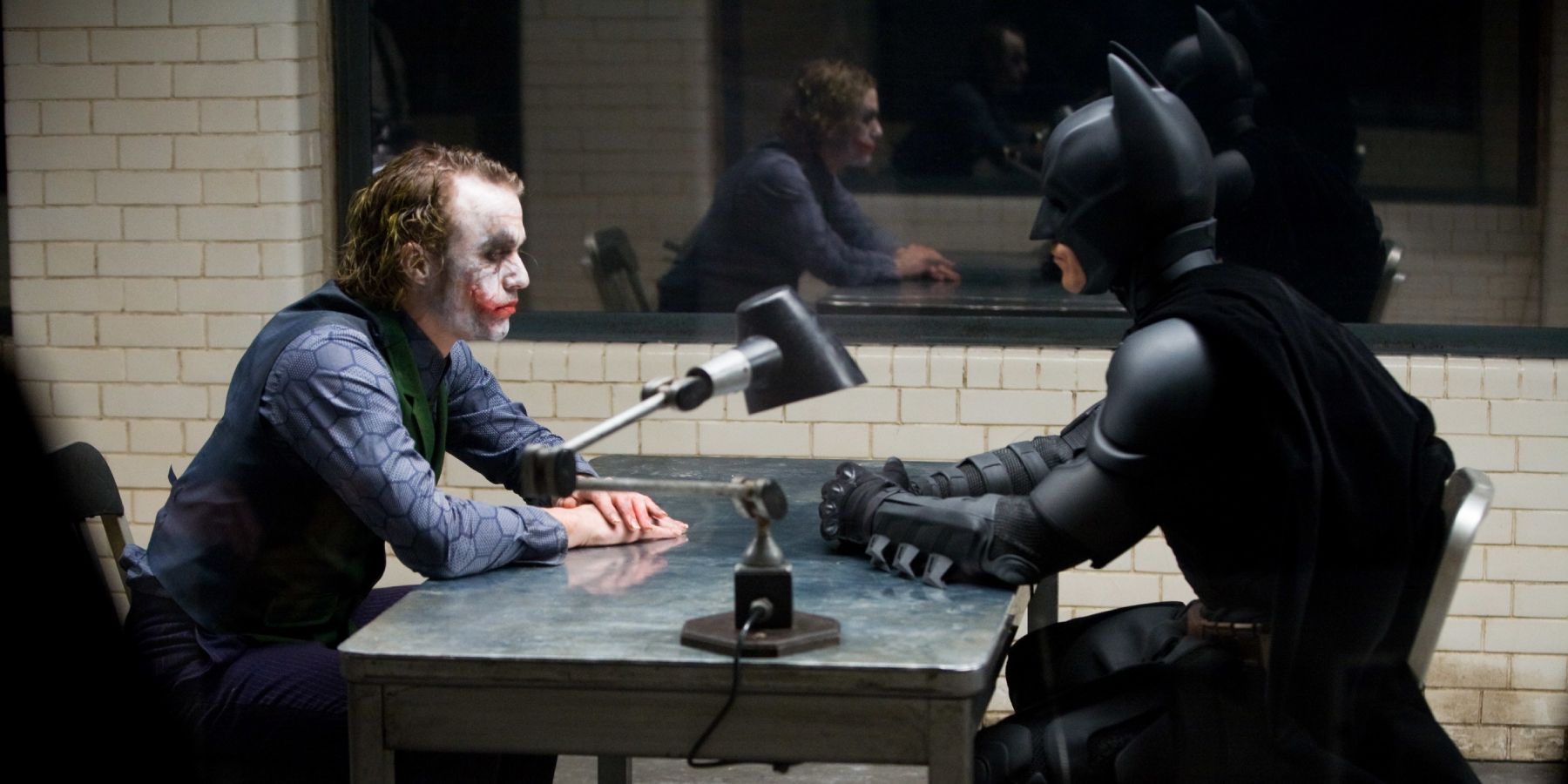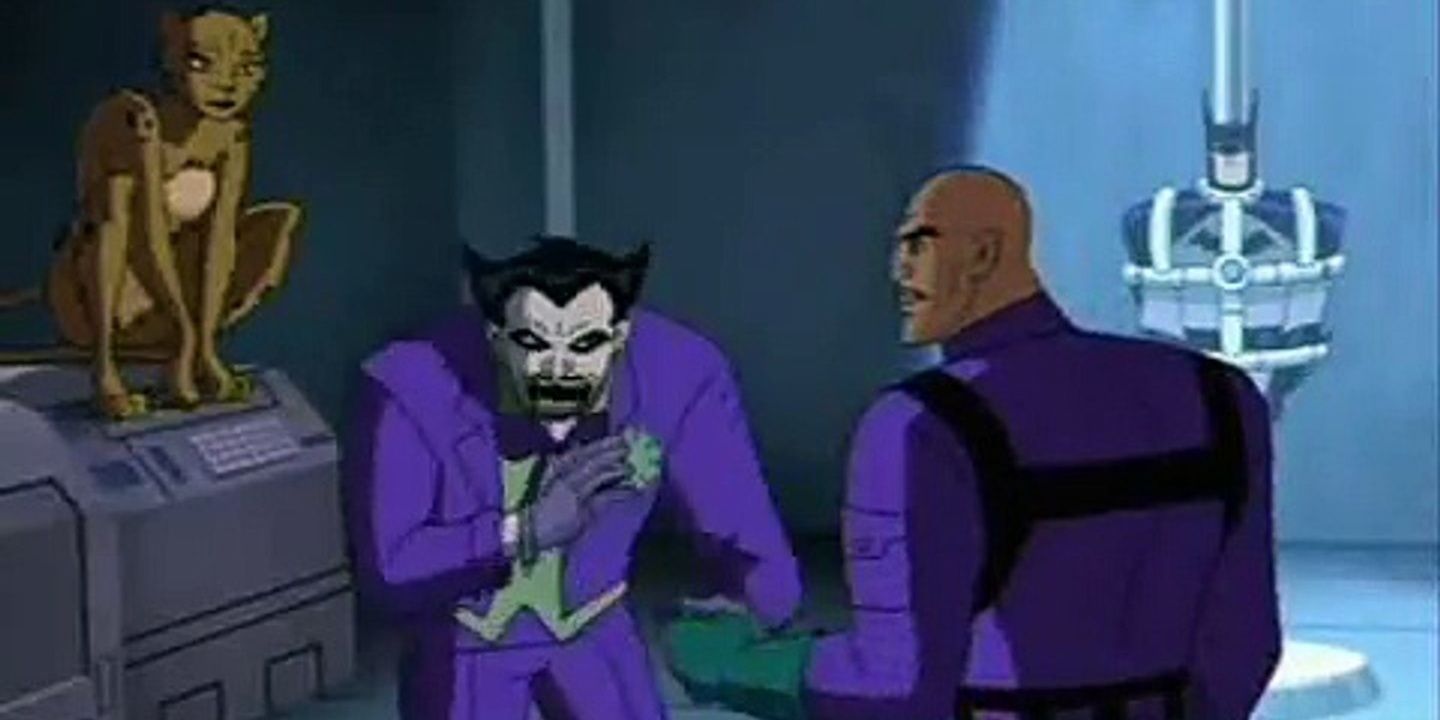Making plans can be difficult. There are always a thousand variables, anything could go wrong, and improvisation introduces a new world of problems. It'd be so much easier for a person who could predict everyone else's actions. Though accurately leveraging personal knowledge could quickly go awry, correctly guessing what someone will do could be the perfect linchpin of the scheme. A plan that relies entirely on an accurate prediction is called a Batman Gambit.
Batman is a man of many talents. He's a gifted martial artist, a skilled actor, a world-class athlete, a brilliant negotiator, and a pillar of justice. Yet, he's not called the "world's greatest" at any of those skills. He's the World's Greatest Detective, and that title speaks to his ability to learn things about people and determine their future behavior.
A Batman Gambit is an intricate scheme or clever plot that rests entirely on some or all players doing exactly as planned. Though the plan may go off without a hitch, there should always be reasonable actions that the mark could take that would undo the scheme. The Batman Gambit isn't based on something a target must do. It's based on something they most likely will do. It generally requires the schemer to know a great deal about the patsy. Though it's named after a superhero, the Batman Gambit works both ways. A villain can generally be expected to be selfish. A hero can typically be expected to be heroic. Those are the most common traits abused in Batman Gambits. Traits like greed, self-sacrifice, pettiness, paranoia, instability, vengefulness, or even good old-fashioned bloodlust can be leveraged for this purpose. It's a simple test of awareness for the patsy. If they do as they're expected, they lose. If they defy expectations, they win. It's an all-or-nothing gamble, but its namesake has gotten pretty good at it.
Batman is the face of this trope for a reason. He's a master of predicting his opponent's actions. Part of the reason superheroes like the Caped Crusader have a rotating rogues gallery is so they and the audience can have a consistent knowledge base about each antagonist. Bats knows that the Riddler wants to outsmart him, Catwoman wants to make off with a fortune, and the Joker wants to kill him. Batman has used Joker's selfish desire to personally eliminate him against other villains multiple times. He's even developed schemes to defeat his Justice League peers, most of which rely on them doing what he'd expect of them. These don't always work out for him, but his ability to predict his opponent's moves is often his greatest asset. He once outsmarted Superman by planting a hidden bomb and assuring Clark that an innocent person would die if he touched him. Of course, the bomb was on Batman's person, and the innocent man was Bruce Wayne himself. The plan worked, as it usually does.
On the big screen, Batman villains are often the best representatives of the Batman Gambit. Christopher Nolan's The Dark Knight features one of the most celebrated movie villains of all time in Heath Ledger's Joker. This clown prince of crime loves the Batman Gambit. His first scheme heavily relies on his hired goons killing each other to increase their share of the winnings. His plan to escape prison required him to taunt a guard into slamming him into a window so that he could use the resulting glass shard to hold him hostage. If the other robbers were somewhat honorable, or if that cop had some impulse control, those plans wouldn't have worked as intended. The Joker consistently relies on the moral failure of his victims. He believes that everyone in Gotham is as hateful, selfish, and cowardly as he is. His philosophy falls apart after the brilliant scene on the ferries. His final Batman Gambit fails, just in time for the Bat to bring him to justice.
Perhaps the finest Batman Gambit the Caped Crusader ever pulled came in the early-2000s Justice League animated series. The eighth and ninth episodes form a spectacular double-act called "Injustice For All." Lex Luthor discovers he's suffering from a terminal illness due to his years of exposure to radioactive kryptonite. To accomplish his goals in his final days, he assembles the Injustice Gang. After Joker joins their ranks, they successfully kidnap Batman and trap him in steel restraints in a basement. Luckily, Bats knows every single villain in the gang. He convinces Solomon Grundy and the Ultra-Humanite to fight over their share of the cash. He offers Cheetah the first moment of sympathy she's experienced in years, so she immediately falls in love with him. Joker keeps trying to kill him, but he is consistently stopped by the other gang members. He sews distrust and convinces them there is a traitor in their midst. Then he pays Ultra-Humanite a large sum of cash to make him betray the gang. Batman knows their weaknesses and abuses them to bring down a force that could have easily killed them. His name belongs on the trope.
Of course, other characters use Batman Gambits. He's just the poster boy. Almost every superhero has a cast of villains constantly batting these schemes back and forth. Every good gambit requires knowledge of the mark, but a Batman Gambit is a true all-or-nothing.






